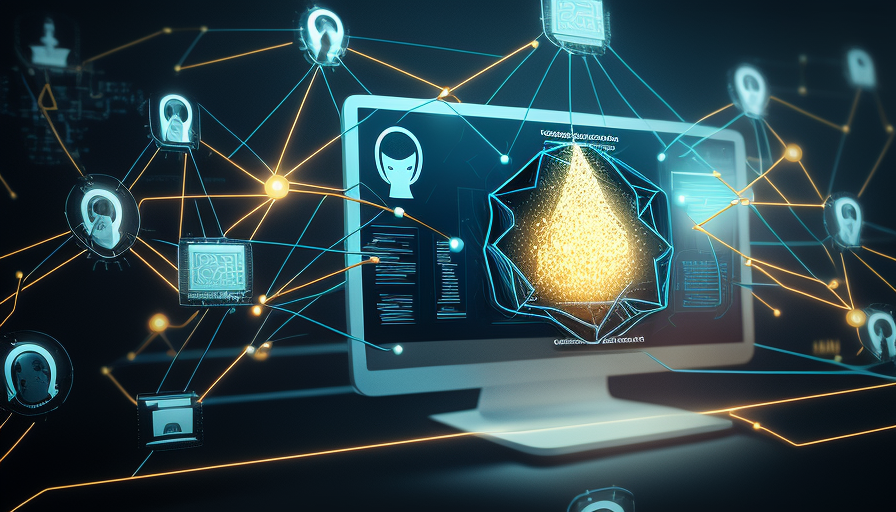In the context of digital transformation, IAM enables organizations to manage access to digital resources across their entire ecosystem, from cloud-based applications and services to on-premise systems and devices. By centralizing access management and enforcing policies consistently across all resources, IAM helps organizations to improve security, increase productivity, and streamline their operations.
In the context of zero trust, IAM is a foundational component of the framework. Zero trust assumes that all access attempts, both inside and outside the organization’s network, are potentially malicious and should be treated accordingly. IAM enables organizations to verify the identity of users and devices before granting access to resources, regardless of whether they are located inside or outside the network perimeter. This helps to reduce the risk of unauthorized access, data breaches, and other security incidents.
To effectively lead digital transformation and zero trust with IAM, organizations should consider the following best practices:
1. Implement a centralized IAM system: A centralized IAM system can help to simplify access management, reduce administrative overhead, and improve security by enforcing consistent policies across all resources.
2. Adopt a least-privilege access model: Least-privilege access means that users are granted the minimum level of access required to perform their job functions. This helps to limit the risk of privilege escalation attacks and reduce the impact of potential security incidents.
3. Leverage a PAM solution: PAM is an essential component of both zero-trust and digital transformation initiatives. It helps organizations manage privileged access to critical systems, applications, and data in a way that minimizes the risk of data breaches and other security incidents.
4. Use multi-factor authentication (MFA): MFA adds an extra layer of security by requiring users to provide multiple forms of authentication, such as a password and a biometric factor, before accessing resources.
5. Monitor and audit access: IAM systems should be configured to generate logs and audit trails that enable organizations to monitor access activity and detect potential security incidents in real-time.
6. Continuously assess and improve IAM: IAM systems should be regularly assessed for vulnerabilities and weaknesses. Improvements should be made as needed to address emerging threats and evolving business requirements.
By following these best practices, organizations can effectively lead digital transformation and zero trust with IAM, and create a more secure and efficient digital ecosystem.
